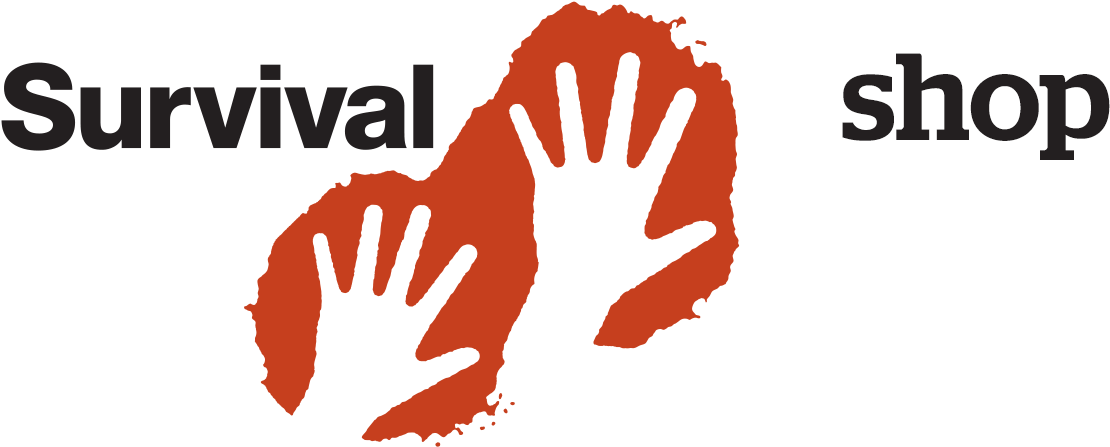How Survival Goods Support Long-Term Self-Sufficiency
- How Survival Goods Support Long-Term Self-Sufficiency
- Introduction
- Table of Contents
- 1. Emergency Preparedness as a Foundation
- 2. Sustainable Food Production and Storage
- 3. Water Management and Filtration
- 4. Renewable Energy Sources
- 5. Skills Development and Education
- 6. Bartering and Trade
- 7. Conclusion
- FAQs (Frequently Asked Questions)
How Survival Goods Support Long-Term Self-Sufficiency
Introduction
Survival goods not only contribute to immediate safety and security during emergencies but also play a crucial role in supporting long-term self-sufficiency. By having the right tools, resources, and provisions, individuals and communities can become more resilient and self-reliant in the face of extended disruptions or challenging circumstances. In this article, we will explore how survival goods support long-term self-sufficiency, empowering individuals to thrive even in adverse situations.
Table of Contents
- Introduction
- Emergency Preparedness as a Foundation
- Sustainable Food Production and Storage
- Water Management and Filtration
- Renewable Energy Sources
- Skills Development and Education
- Bartering and Trade
- Conclusion
- FAQs (Frequently Asked Questions)
1. Emergency Preparedness as a Foundation
Emergency preparedness forms the foundation for long-term self-sufficiency. By having a well-stocked supply of survival goods, individuals can address immediate needs during emergencies. However, these goods can also serve as a starting point for building a sustainable and self-sufficient lifestyle beyond the initial crisis.
2. Sustainable Food Production and Storage
Survival goods often include seeds, gardening tools, and long-term food storage options. By utilizing these resources, individuals can cultivate their own food and establish sustainable food production systems. Growing fruits, vegetables, and herbs not only provides a source of nutrition but also reduces dependence on external food supplies.
3. Water Management and Filtration
Access to clean water is essential for long-term self-sufficiency. Survival goods include water storage containers, filtration systems, and purification tablets, enabling individuals to collect, store, and purify water from various sources. These resources support sustainable water management and help individuals maintain a reliable supply of clean drinking water.
4. Renewable Energy Sources
Survival goods often encompass renewable energy solutions such as solar panels, portable generators, or wind turbines. These energy sources can power essential appliances, charge devices, and provide lighting even when the grid is unavailable. Embracing renewable energy promotes self-sufficiency and reduces reliance on traditional power sources.
5. Skills Development and Education
Survival goods are not limited to physical items. They also include educational materials, guides, and training resources. By acquiring knowledge and developing skills in areas such as first aid, emergency response, gardening, and renewable energy systems, individuals can enhance their self-sufficiency and adaptability in various situations.
6. Bartering and Trade
Survival goods can facilitate bartering and trade within communities. In a self-sufficient setting, individuals may have specialized skills, surplus resources, or unique products that they can exchange with others for items they need. This promotes community resilience and cooperation, fostering a sustainable ecosystem of mutual support.
7. Conclusion
Survival goods form the backbone of long-term self-sufficiency by providing the necessary tools, resources, and knowledge for individuals to thrive beyond immediate emergencies. From sustainable food production and water management to renewable energy sources and skills development, these goods empower individuals to lead self-reliant lives and adapt to changing circumstances. By investing in survival goods and embracing self-sufficiency principles, individuals can build resilience and create a more sustainable future.
FAQs (Frequently Asked Questions)
1. Do I need extensive knowledge or experience to become self-sufficient with survival goods? While knowledge and experience can be beneficial, they are not prerequisites for getting started. Survival goods often come with guides, instructions, and resources that can help you learn and develop the necessary skills over time.
2. Can long-term self-sufficiency be achieved in urban settings? Yes, long-term self-sufficiency is possible in urban settings as well. Techniques such as container gardening, vertical farming, and utilizing small spaces can enable individuals to produce their own food even in limited urban environments.
3. How can I ensure the long-term durability of survival goods? Regular maintenance, proper storage, and periodic inspection are key to ensuring the long-term durability of survival goods. Follow manufacturer guidelines, rotate perishable items, and keep an inventory to stay organized and prepared.
4. Is it necessary to constantly update survival goods for long-term self-sufficiency? While it is important to periodically review and update your supplies, the focus for long-term self-sufficiency should be on building sustainable systems and skills. Regular evaluation and adaptation can help ensure your survival goods align with your evolving needs.
5. Can survival goods contribute to community resilience and self-sufficiency? Absolutely. By fostering cooperation, sharing resources, and promoting skills development within communities, survival goods can contribute to collective resilience and self-sufficiency. Building strong networks and engaging in mutual support systems enhances the overall sustainability of a community.




